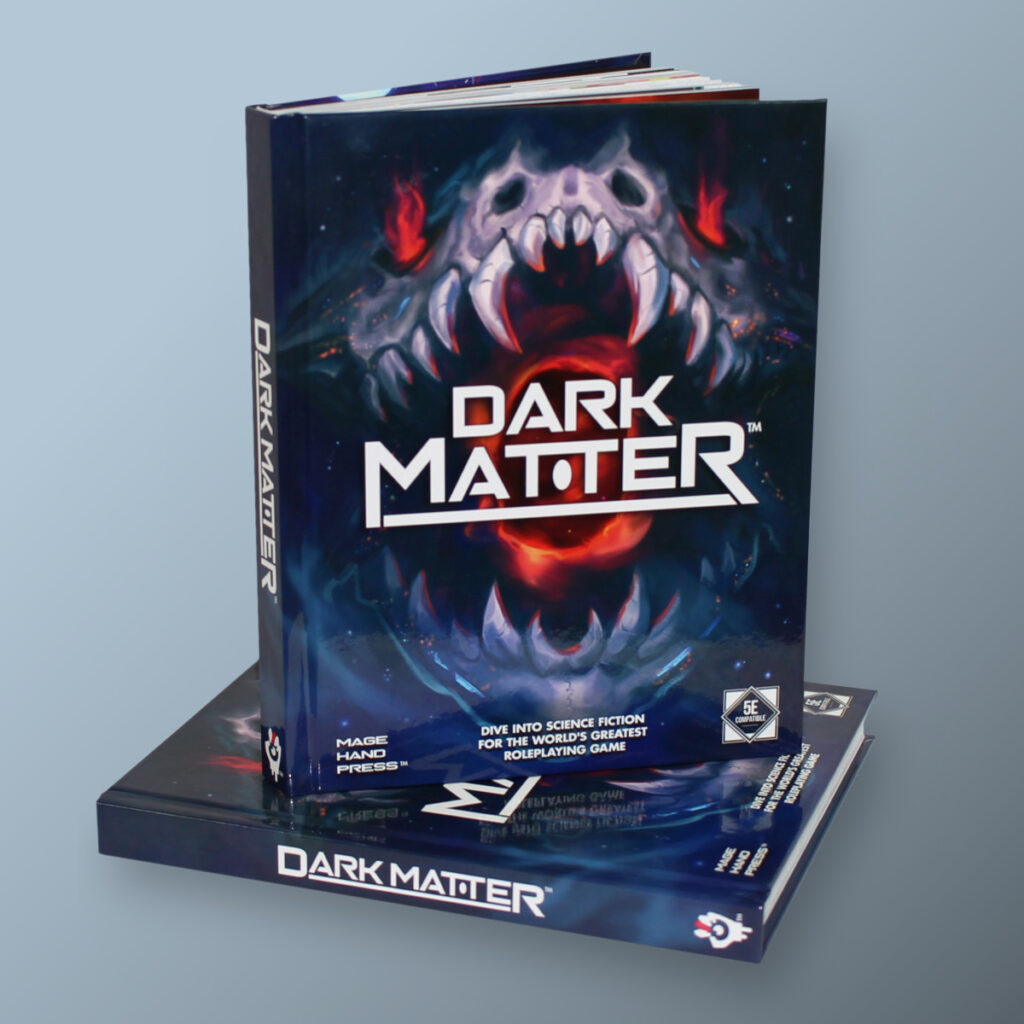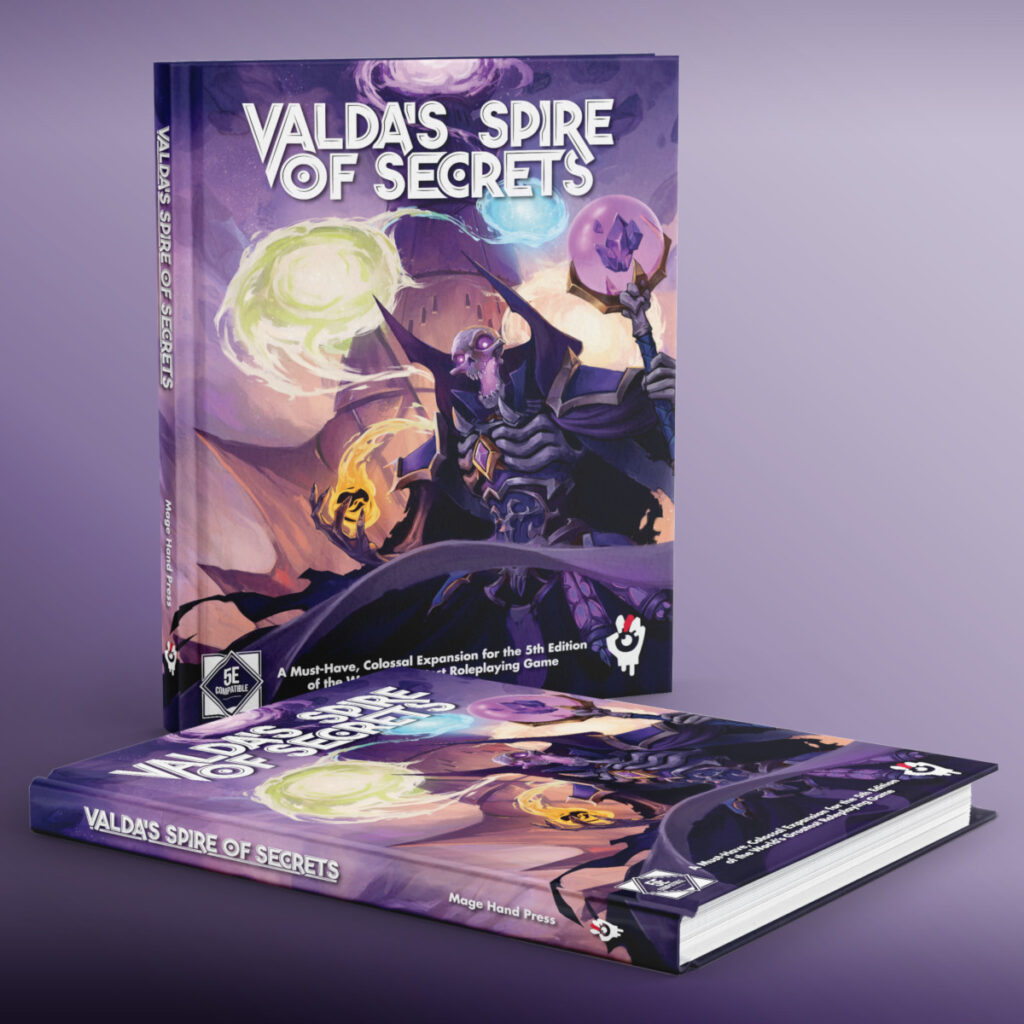Notes from the Nails: who likes lots of new, flavourful options to make your D&D experience a bit more interesting? I hope you just answered “me,” because that’s kind of the whole point of this blog…
Specialist Daggers
The dagger is one of the oldest and most versatile weapons used by humanoids. This article aims to increase the diversity of daggers and knives in D&D by adding some new ‘specialist daggers’ to the weapons table. All of these are simple melee weapons, and anyone who is proficient with daggers is proficient with these as well. They all count as monk weapons.
| Simple Melee Weapons | Cost | Damage | Weight | Properties |
| Bowie Knife | 10 gp | 1d4 piercing or slashing | 2 lb. | Finesse, light, thrown (20/60) |
| Kukri | 25 gp | 1d4 slashing | 1 lb | Finesse, light, vicious |
| Main Gauche | 20 gp | 1 piercing | 1 lb. | Finesse, light, parry |
| Misericorde | 4 gp | 1d4 piercing | 2 lb. | Coup de grâce, finesse, thrown (20/60) |
| Shiv | 1 cp | 1d4 piercing | 1/2 lb. | Finesse, light, special |
| Switchblade | 5 gp | 1d4 piercing | 1 lb. | Collapsible, finesse, light |
| Throwing Knife | 5 gp | 1d4 piercing | 1 lb. | Finesse, light, thrown (40/120) |
Weapon Descriptions
Bowie Knife. This large, broad knife is popular among explorers and frontiersmen. It is equally good at stabbing and hacking.
Kukri. The unusual forward curve of a kukri’s blade enables it to slash much deeper and more effectively than other types of knife. Unarmored targets are particularly vulnerable to this weapon.
Main Gauche. Also known as sword-breakers, a main gauche is intended to be wielded in the off hand to parry incoming blows.
Misericorde. This long, thin dagger is designed to be rammed through small gaps in the armor of targets that can’t defend themselves.
Shiv. Shivs can be improvised from all sorts of materials. They are not weapons of war, but are commonly used by street thugs and prisoners.
Switchblade. A switchblade can be retracted into its handle for easy storage and concealment. They are therefore more expensive to make and not effective when thrown.
Throwing Knife. Conversely, a throwing knife is optimized for ballistic performance. Aerodynamically shaped and carefully weighted, they can be thrown a considerable distance without compromising on accuracy.
Weapon Properties
Many weapons have special properties related to their use, as shown in the Weapons table.
Collapsible. This weapon has hollowed out portions, usually in the handle, allowing you to collapse it in on itself for ease of storage and concealment. While stowed, you have advantage on Dexterity (Stealth) checks made to conceal this weapon.
Coup de Grâce. This weapon is designed for finishing off wounded targets. If you hit an incapacitated target with a melee attack using this weapon, it is a critical hit.
Parry. While wielding this weapon and not wielding a shield, you gain a +1 to your AC against melee attacks. You can only gain the benefit of one weapon with this property at a time.
Shiv. Shivs are improvised daggers, made from whatever is at hand. If you have a sharp object in your possession, you can turn it into a shiv as an action. However, shivs are fragile and will not withstand the rigours of combat for long. If you make an attack roll with a shiv but miss the target’s AC by 5 or more, the shiv breaks and cannot be used again.
Vicious. Creatures who are not wearing manufactured armor or have a natural AC of less than 18 take an additional 2 points of piercing damage from this weapon.



